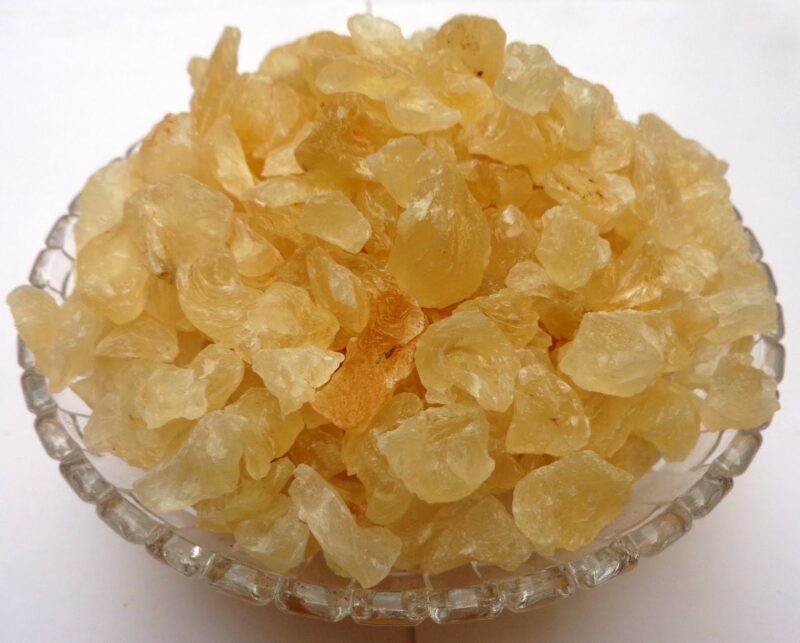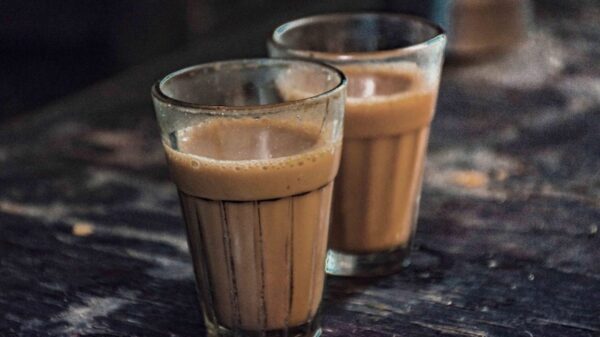India’s rich biodiversity doesn’t just show up in its spices and grains—it thrives in its fruits too. While the world knows about bananas, apples, and oranges, India quietly grows a wealth of unique, seasonal fruits that are often found nowhere else. Some are tucked into local markets and village backyards, others appear briefly during certain months, creating a sense of anticipation—and nostalgia.
These fruits don’t just offer exotic flavors; they connect us to place, tradition, and the rhythms of the land. Many of them are rooted in Ayurvedic wisdom and local folklore, and they’re not just food—they’re stories.
Here’s a closer look at some of the most beloved and rare fruits that are deeply Indian in character.
1. Jamun (Indian Blackberry)
Found during the monsoon months, jamun is a small, deep purple fruit known for its mildly tart-sweet taste and dark-staining juice. Sold in roadside carts sprinkled with black salt, jamun is cherished for its cooling properties and digestive benefits. It’s especially revered in Ayurveda for balancing blood sugar levels.
2. Bael (Wood Apple)
Hard on the outside and fragrant within, bael fruit is often cracked open and eaten fresh or made into sherbet in summer. It’s most commonly found in the north and central parts of India and is associated with spiritual rituals—often offered in Shiva temples. Beyond its religious symbolism, bael is prized for improving digestion and soothing the gut.
3. Amla (Indian Gooseberry)
A powerhouse of vitamin C, amla is used more often in pickles, juices, and powders than eaten plain due to its sharp sourness. Still, its place in Indian households is permanent. Amla is a cornerstone of Ayurvedic medicine—improving immunity, metabolism, and skin health. It grows across the country and is harvested in the cooler months.
4. Imli (Tamarind)
Technically a fruit, tamarind grows in curved brown pods filled with sticky, tangy pulp. Used widely in South Indian, Maharashtrian, and even Goan cooking, it’s both a flavoring and a treat. Its high tartness adds depth to curries and chutneys and supports digestion and appetite regulation.
5. Falsa
A lesser-known berry, falsa appears only for a few weeks in early summer in northern India. It’s tiny, purple, and mildly sour-sweet. Falsa juice is a local favorite in hot cities like Delhi and Jaipur, known to cool the body and reduce fatigue during dry heat spells. It’s one of India’s natural heat remedies.
6. Tadgola (Ice Apple)
Found in coastal states like Maharashtra, Tamil Nadu, and Andhra Pradesh, this translucent, jelly-like fruit is extracted from the sugar palm during summer. Mildly sweet and extremely hydrating, tadgola is a local favorite that doesn’t ship well—best enjoyed fresh, straight from the street vendor.
7. Karonda
Used mostly in pickles and preserves, karonda is a small berry that grows wild in parts of central and western India. Its tartness makes it ideal for traditional condiments. Rich in iron and antioxidants, this fruit often flies under the radar but has long held a spot in rural Indian kitchens.
8. Chakotra (Indian Grapefruit)
Larger and less sweet than Western grapefruits, chakotra is popular in parts of North India, especially during the winter season. It’s juicy and tangy, often sprinkled with salt and chili powder, and known for its cleansing effect on the digestive system.
In a world where imported fruits often fill the shelves and global diets dominate food trends, these native Indian fruits quietly remind us of what we already have—freshness, seasonality, and cultural richness, grown right here in our own soil.
From the tart burst of jamun on a rainy afternoon to the subtle coolness of tadgola in peak summer, these fruits connect us to our climate, history, and heritage. They don’t need fancy packaging or global branding. They’ve survived through generations simply by being part of daily life—shared by hand, remembered by taste, and passed on through tradition.
To eat these fruits is to experience India in its truest, most unfiltered form. And in rediscovering them, we also rediscover a quieter, slower way of living—more mindful, more local, and far more delicious.










